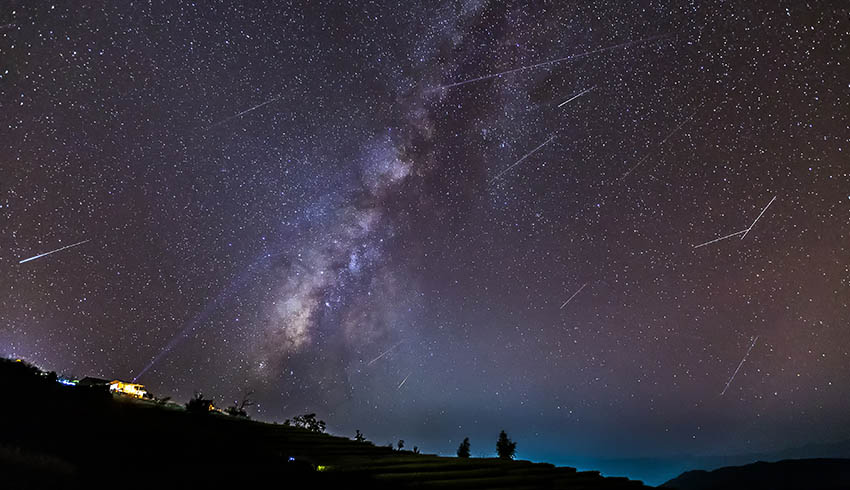
NASA's WFIRST will search for planets outside our solar system towards the centre of our Milky Way galaxy, where most stars are. Studying the properties of exoplanet worlds will help humanity understand what planetary systems throughout the galaxy are like and how planets form and evolve.
Combining WFIRST's findings with results from NASA's Kepler and Transiting Exoplanet Survey Satellite (TESS) missions will complete the first planet census that is sensitive to a wide range of planet masses and orbits, bringing us a step closer to discovering habitable Earth-like worlds beyond our own.
To date, astronomers have found most planets when they pass in front of their host star in events called transits, which temporarily dim the star's light. WFIRST data can spot transits, too, but the mission will primarily watch for the opposite effect – little surges of radiance produced by a light-bending phenomenon called microlensing.
These events are much less common than transits because they rely on the chance alignment of two widely separated and unrelated stars drifting through space.
David Bennett, who leads the gravitational microlensing group at NASA's Goddard Space Flight Center in Greenbelt, Maryland, explained, “Microlensing signals from small planets are rare and brief, but they're stronger than the signals from other methods. Since it's a one-in-a-million event, the key to WFIRST finding low-mass planets is to search hundreds of millions of stars.”
In addition, microlensing is better at finding planets in and beyond the habitable zone – the orbital distances where planets might have liquid water on their surfaces.
This effect occurs when light passes near a massive object. Anything with mass warps the fabric of space-time, sort of like the dent a bowling ball makes when set on a trampoline. Light travels in a straight line, but if space-time is bent – which happens near something massive, like a starlight follows the curve.
Any time two stars align closely from our vantage point, light from the more distant star curves as it travels through the warped space-time of the nearer star. This phenomenon, one of the predictions of Einstein's general theory of relativity, was famously confirmed by British physicist Sir Arthur Eddington during a total solar eclipse in 1919. If the alignment is especially close, the nearer star acts like a natural cosmic lens, focusing and intensifying light from the background star.
Planets orbiting the foreground star may also modify the lensed light, acting as their own tiny lenses. The distortion they create allows astronomers to measure the planet's mass and distance from its host star. This is how WFIRST will use microlensing to discover new worlds.
The FY2020 Consolidated Appropriations Act funds the WFIRST program through September 2020.
The FY2021 budget request proposes to terminate funding for the WFIRST mission and focus on the completion of the James Webb Space Telescope, now planned for launch in March 2021.
The administration is not ready to proceed with another multibillion-dollar telescope until Webb has been successfully launched and deployed.
WFIRST is managed at Goddard, with participation by NASA's Jet Propulsion Laboratory and Caltech/IPAC in Pasadena, the Space Telescope Science Institute in Baltimore, and a science team comprising scientists from research institutions across the US.
Receive the latest developments and updates on Australia’s space industry direct to your inbox. Subscribe today to Space Connect here.












